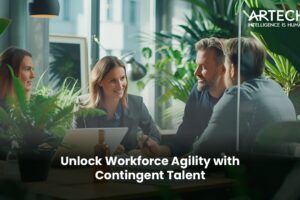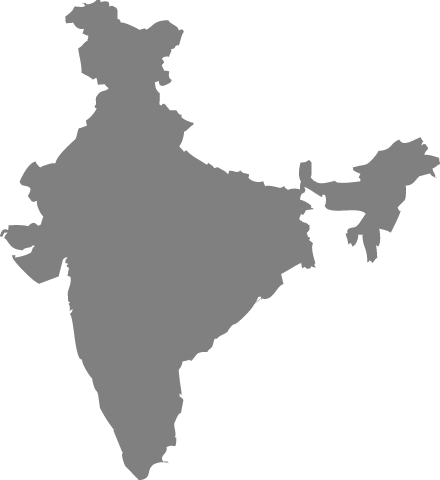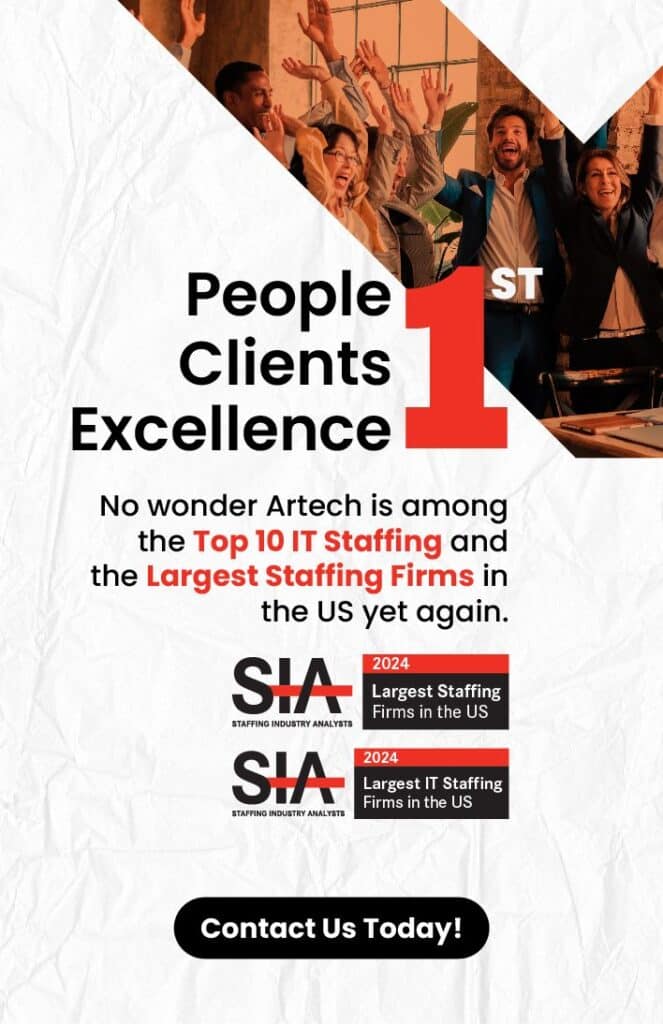
In today’s data-driven world, the line between Big Data and Machine Learning (ML) is increasingly blurred—and that’s where some of the most exciting career paths are emerging. From transforming large-scale data pipelines to training predictive models that drive business outcomes, the overlap of these two fields offers immense potential for consultants and job seekers alike.
In this blog, we share the story of one such consultant who transitioned from being a Big Data specialist to playing a highly impactful role in machine learning. The journey reflects not just a mastery of tools and platforms but also the mindset and curiosity needed to thrive at the cutting edge of data engineering and AI.
(Note: For confidentiality, we’ve kept the consultant’s identity and client name anonymous.)
Q: What got you interested in Big Data and Machine Learning to begin with?
My initial interest in big data stemmed from curiosity about how large-scale systems function. I was fascinated by the challenge of handling massive datasets and making sense of them efficiently. Over time, as I worked with different tools in the Hadoop ecosystem, I realized that the natural progression was toward Machine Learning—where you’re not just processing data but making decisions and predictions from it. That connection sparked my desire to explore both spaces in parallel.
Q: What was your first hands-on Big Data project—and what did it teach you?
One of my earliest projects involved ingesting data using NiFi and processing it with Spark. We were collecting streaming data from various sensors and needed to design a pipeline that could handle both batch and real-time processing. I learned the importance of performance tuning and how even minor changes in Spark configurations could drastically improve throughput. That experience taught me how to evaluate architectural choices under production constraints.
Q: What technologies do you use most frequently now in your day-to-day role?
My current stack includes PySpark, Hive, and Spark SQL for processing. For orchestration, I use Airflow. I’ve also worked extensively with Databricks and EMR for cloud-based jobs. In terms of machine learning, I work with Scikit-learn and LightGBM. AWS services, such as S3, Lambda, and Glue, are also part of our architecture. I frequently use Python for scripting and building machine learning (ML) models, especially when integrating with MLflow and other tracking tools.
Q: Can you share a recent project that combined Big Data and Machine Learning?
Absolutely. We recently worked on a customer behaviour analysis model. The idea was to analyse web activity logs to understand user drop-off patterns. We used Spark to process and clean billions of rows from raw logs. Then, using Python, we developed a classification model to predict the likelihood of a user prematurely exiting a session.
The biggest challenge wasn’t just in training the model—but in making it production-ready. We had to ensure the data pipeline was resilient, the model was version-controlled using MLflow, and all of it could scale dynamically on EMR. This end-to-end integration was a great example of how Big Data engineering and Machine Learning go hand in hand.
Q: How do you approach data ingestion, transformation, and training?
Everything starts with the data source. I use AWS Glue jobs or NiFi for ingestion. For transformation, I rely heavily on PySpark, especially for structured streaming. Data validation is integrated into the pipeline at various stages to prevent the creation of corrupt or incomplete records.
When it comes to training, I typically extract features using Spark and then feed them into lightweight models, such as Random Forest or LightGBM. Once a baseline model is ready, I iterate on hyperparameter tuning using GridSearchCV or Optuna. We usually maintain notebooks in Databricks and convert them into production jobs via scheduling tools like Airflow.
Q: What’s been the toughest challenge in working with Big Data and ML—and how did you overcome it?
One of the toughest challenges was optimizing a job that took over three hours to complete. The issue wasn’t just the logic—it was inefficient joins and unnecessary shuffles. I had to delve deeply into Spark’s physical plan, utilize broadcast joins strategically, and cache data frames where necessary. Eventually, we brought it down to 20 minutes.
In ML, the challenge was model drift. A model that initially performed well began to fail after two months due to seasonality in user behaviour. We solved this by setting up a monitoring framework using custom metrics and retraining triggers, which helped maintain model accuracy stability.
Q: What advice do you have for job seekers looking to get into Big Data and ML?
Start with Python. It’s the gateway to both Big Data (via PySpark) and ML (via libraries like Scikit-learn and Pandas). Learn how to write clean, modular code. Then, move on to data manipulation using Spark and try working on real projects—maybe using public datasets.
I also recommend exploring cloud platforms like AWS or GCP. Most organizations are moving there, and knowing services like S3, Lambda, or Glue can boost your profile. Finally, learn how to document your work and use Git for version control. Soft skills matter as well, especially when you are working in distributed teams.
Q: What certifications or learning paths helped you the most?
The Databricks Certified Data Engineer Associate course helped me gain a deeper understanding of Spark. I also pursued an AWS Solutions Architect Associate to gain cloud proficiency. For machine learning, I took a few Udemy and Coursera courses—specifically, Andrew Ng’s Machine Learning course, which is a classic. Platforms like Kaggle were also helpful in understanding how machine learning (ML) is applied in real-world scenarios.
Q: What’s your favourite part of working at the intersection of Big Data and Machine Learning?
The scale. It’s incredibly satisfying to build something that processes millions of records and still delivers insights in minutes. I also enjoy the creativity involved—whether it’s tuning a Spark job or designing features for a machine learning model. Every project brings a new set of puzzles to solve.
Q: Do you have any final thoughts for those considering a consulting career in this space?
Keep learning. The field is evolving fast—new tools, new frameworks, new ways of doing things. What matters is your ability to adapt. Build a solid foundation, stay curious, and don’t hesitate to take on new challenges even if you feel unprepared. Consulting gives you the unique chance to solve real-world problems across industries, so make the most of it.
Conclusion:
This consultant’s journey is proof that Big Data and Machine Learning are not just buzzwords—they’re deeply integrated disciplines that demand both technical depth and real-world perspective. Whether you’re writing your first PySpark job or deploying your tenth ML model, what counts is consistency, curiosity, and the courage to learn from every challenge.
If you’re a job seeker looking to build a career in this space, let this story be your inspiration.
Want to break into Big Data and Machine Learning as a consultant?
At Artech, we help consultants like you take the next step in your career. Whether you’re transitioning into data roles or already working in the field, we match you with opportunities that align with your expertise and goals.
Explore open roles and join our talent networkThis content is crafted with care by Artech Staff Authors. While it reflects our commitment to quality and accuracy, please note that it is not authored by industry experts. We aim to offer valuable and engaging information, and for more specialized or technical advice, we recommend consulting with professionals in the relevant field. If you have any concerns or require further assistance, please contact us at support@artech.com. Thank you for trusting Artech as your source of informative content.








